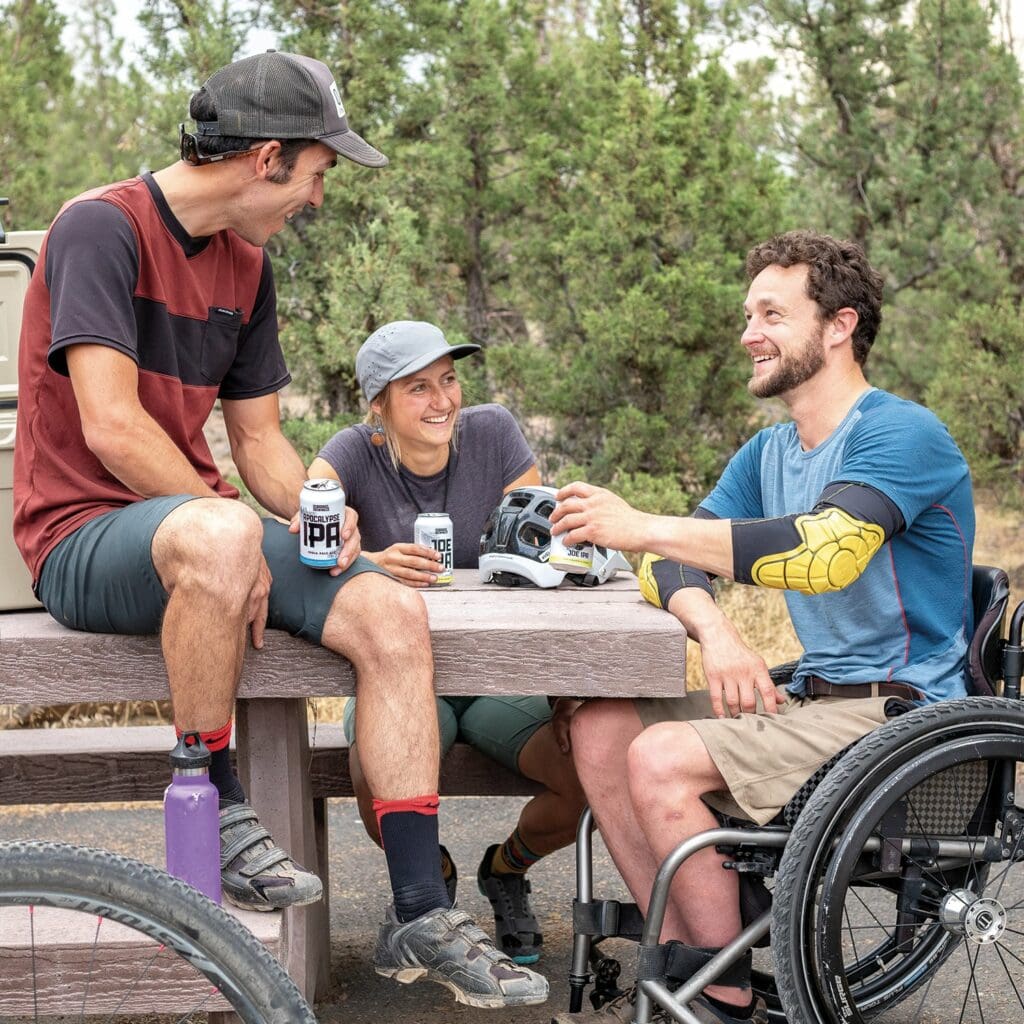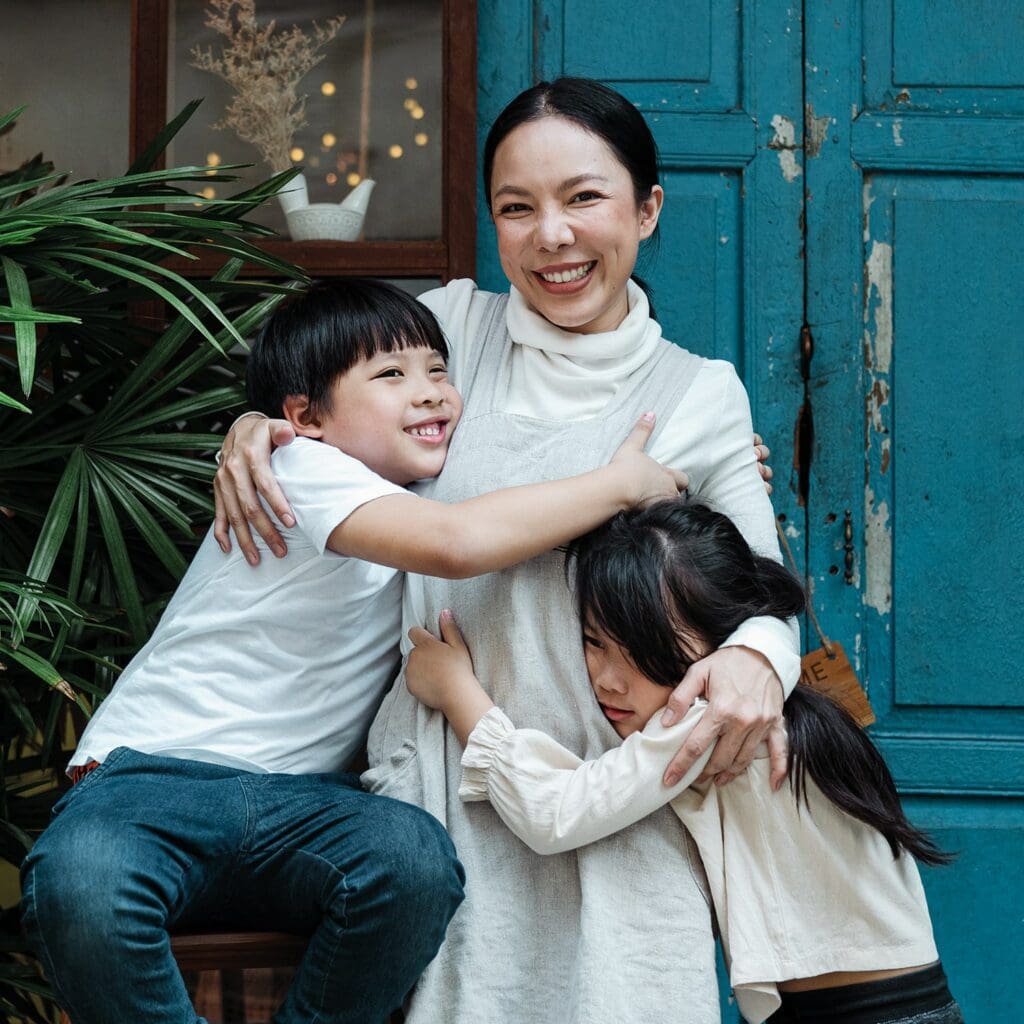Home » Your Support Hub » Understanding FL » When FL Returns or Changes

Some people may respond well to their first treatment but after a period of time, their disease returns, this is known as relapse. Or sometimes they don’t respond well to their first treatment this is known as refractory disease. For patients who have relapsed Follicular Lymphoma (FL), there are a number other treatments that your oncologist/haematologist will consider. Although relapse is common it is upsetting. Most people with FL relapse several times and have different treatments during the time course of their illness.
Typical signs of a relapse include symptoms similar to when you were diagnosed such as new rapidly growing nodes or B symptoms such as night sweats, fevers and weight loss. Relapse is most likely to happen within the first 2 years after treatment. As time goes on, relapse generally becomes less likely.
Although many patients can have a remission that lasts many years after their initial treatment for Follicular Lymphoma (FL) – the disease will return. In a small number of cases FL can become more acute or transform (change). If this is the case we have outlined different treatment options below.
It’s possible that after diagnosis with FL, the disease can transform from an indolent low grade lymphoma into a faster-growing type of lymphoma like ‘Diffuse Large B Cell’ Lymphoma. This will need to be treated more aggressively like a high grade lymphoma. Although the exact incidence of transformation is not well defined, it is known to have reduced with modern treatments.
People may notice a change in their symptoms such as their lymph nodes increasing in size, new lymph nodes or a change in organs such as the spleen. There might also be evidence of ‘B symptoms’ which include drenching night sweats, fever, losing weight. There may be indications of signs of transformation from your blood test, which will show an increase in certain proteins in the blood such as lactate dehydrogenase (known as LDH).
If transformation is suspected, the Doctor will arrange for a scan such as a CT or PET scan and arrange to take a biopsy to confirm if the cells are growing at a faster rate.

There is currently no standard way in which relapsed, refractory or transformed FL is treated. Your doctor will take the following factors into account:
Once these factors are taken into account, the following are treatments that may be offered.
Depending on your country of residence, your doctor may recommend an alternative treatment combination which will differ from what you will have had previously. This may involve a combination of immunotherapy and chemo together with maintenance, and Rituximab (see treatment section).
Stem cells are ‘seed’ cells that live in the bone marrow. When they grow they turn into many different types of blood cells including the cells in our immune system that are vital for our survival. When a patient has undergone cycles of high-dose chemotherapy, not only does it destroy the disease but it also destroys precious blood stem cells that need to be replaced. A stem cell transplant is necessary to ensure that the bone marrow is repopulated with healthy blood stem cells following this kind of chemo. The new blood cells then help to boost and rebuild your body’s own blood and immune system.
If your disease returns very quickly after your first treatment (commonly referred to as early relapse), your doctor may consider using a more intensive treatment (also known as ‘Salvage chemotherapy’). If you have a good response to this, then it will normally be followed by an autologous stem cell transplant.

Having a transplant is demanding both physically and emotionally. Your Doctor will carefully consider your age, general health and condition of your marrow before deciding if you are a suitable candidate to use your own stem cells or if you would benefit from receiving donated stem cells.
As part of your preparation you might have chemotherapy to get rid of as many cancer cells as possible. This chemotherapy might also help the bone marrow make more stem cells.
For some people, transplants are the only option that offers the chance of having a long term remission and survival. High doses of chemotherapy may mean that you have low numbers of blood cells for some time and are at risk of picking up infections.
You may need to stay in hospital until your blood cells have recovered enough to go home or you no longer have side effects. This can take up to 3-4 weeks.
There are two types of transplants: Autologous and Allogeneic transplants.
This is where the patients’ use their own stem cells which are collected in advance and returned to them after they have received high doses of chemotherapy.
This procedure is more complicated than an Autologous transplant and carries more risk. The stem cells are donated by another person who is genetically matched to the patient with the aim of suppressing the disease and restoring the patient’s immune system. The Doctor will discuss with you the risk versus the benefits and because of the intense nature of this type of treatment, it is normally reserved for younger and fitter patients.
New generations of anti-CD20 monoclonal antibodies (mABS) such as Obinutuzumab are available for patients with relapsed FL especially those who have had Rituximab previously. These can usually be given in combination with chemotherapy like Bendamustine or Lenalidomide.
PI3K inhibitors are another class of drugs that are approved for patients with relapsed FL. These drugs target particular signals that the FL tumours require to survive. They include drugs like Idelalisib, Copanlisib and Duvelisib.
The availability of these treatment options is dependent on your country of residence.
Are you or a loved one wondering what to look out for if your FL returns or facing the challenges of a relapse?
Please watch our informative, and empowering webinar that brings together leading experts and a patient speaker to provide a comprehensive view of managing this complex stage of the disease.
Whether you’re a patient, caregiver, or healthcare professional, this webinar is designed to provide you with the critical knowledge and tools you need to make informed decisions about relapsed follicular lymphoma.